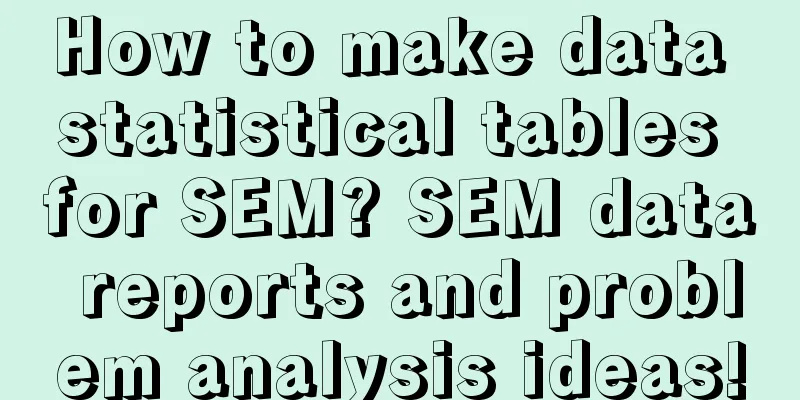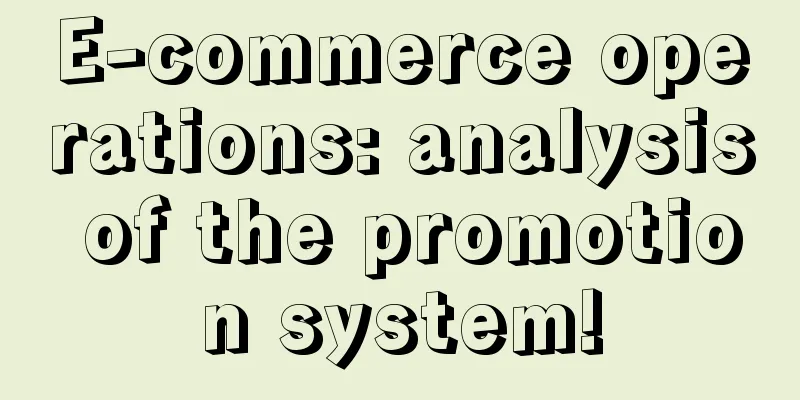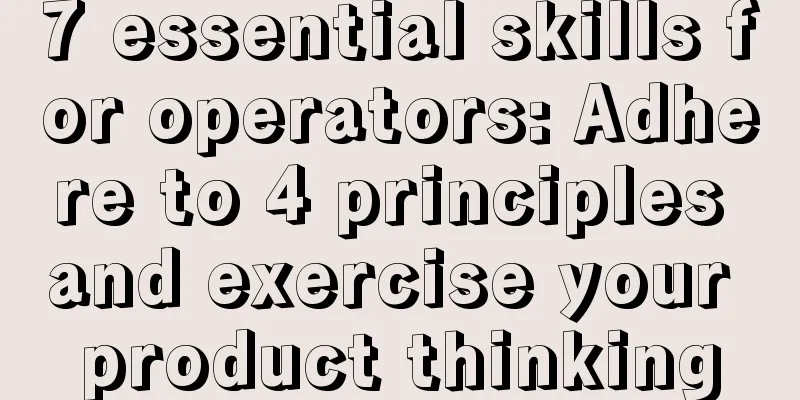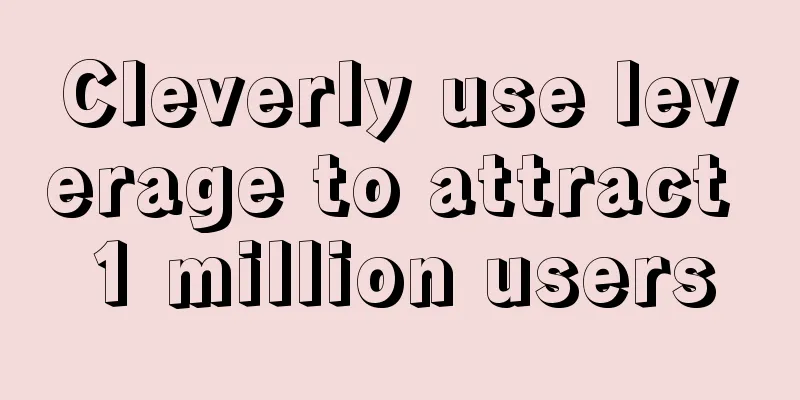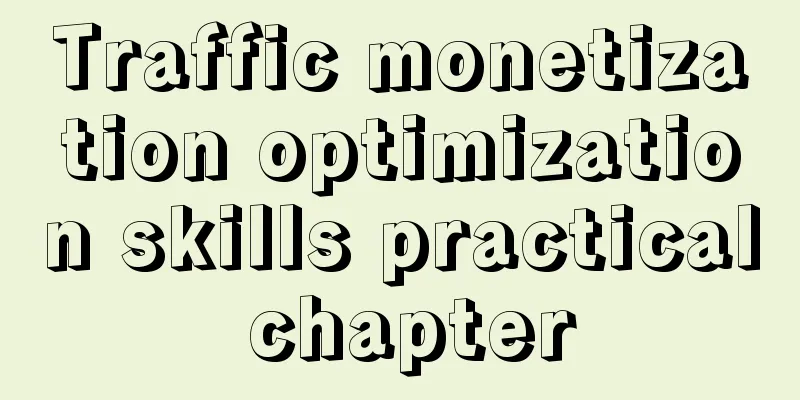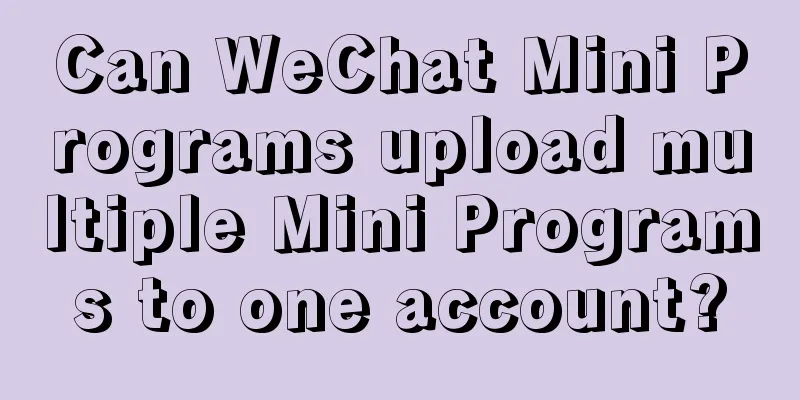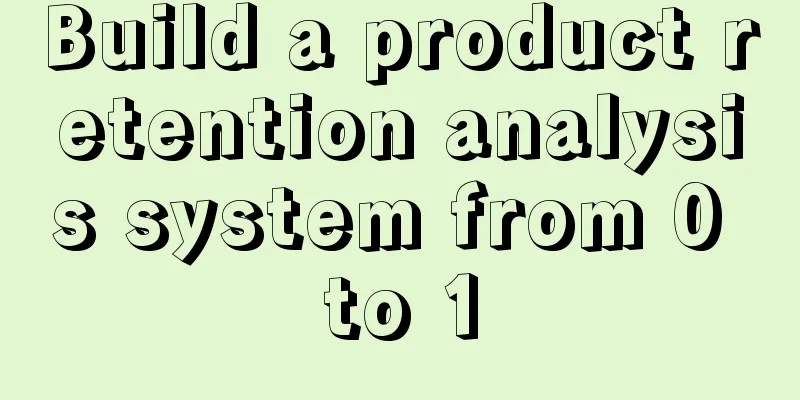Buyout or subscription? Apple is worried about the future of the App Store
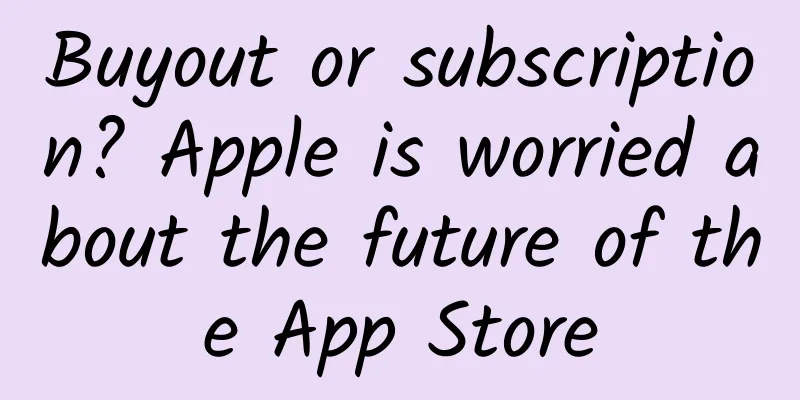
|
In the past, when I bought apps in the App Store, I only needed to consider whether the app was worth the price. Games that cost around 20 yuan or apps that cost around 1 yuan were acceptable. But later, many apps no longer offered a buyout method, but switched to subscriptions, such as the writing software Ulysses and the diary app Day One. So I started to have a dilemma: is this software worth paying for every year? Apple added a subscription model to the App Store not only to make more money, but also to break the ceiling of independent applications. According to a report by Business Insider, Apple invited a group of independent developers to a secret meeting in April 2017 in order to ask them to support its subscription model. Previously, the main payment methods in the App Store were one-time purchases and in-app purchases. The addition of the subscription model is not just a simple addition of a payment method. It has different changes for Apple itself, developers, and users. Considering the huge changes in the App Store interface after iOS 11, you may understand the significance of Apple's move. Why did Apple launch a subscription model? The birth of the App Store has benefited countless developers. Their products now have a platform to showcase, and they can reach more users as iPhone sales increase. As a result, market competition has become fierce. Except for free apps, the average price of paid apps has been falling. This is a good thing for users, as there are more choices and lower costs. It is also a good thing for some developers. The entire ecosystem has grown, the number of users has increased, and those service-oriented products for the general public are more likely to succeed. Because they do not need to make money by selling apps, as long as there are more users, it is easy to make a profit, so fierce competition is actually a good thing for them. The pressure on other developers is huge, especially for some tool applications. When users buy out the application at one time, the transaction ends, and the developer has to maintain and update the application continuously. If they cannot find new users continuously, it is difficult for the developer to have the funds and motivation to support the update. In fact, this is also the reason why all software want to do social networking. They need more profit points. Only when users have stickiness can there be more profit possibilities. The App Store needs tool-type applications, and so do users, but fierce market competition makes it difficult for high-quality applications to survive. This is a bit like an independent game, which has a long production cycle but little chance of making a profit, mainly because users pay to buy it out. The practice in the gaming industry is to launch DLC and props for purchase, but these two methods are not applicable to tool-type applications. If Apple cannot encourage developers to create and maintain high-quality applications, the entire ecosystem will slowly decline. So Apple came up with a subscription model: let players continue to pay and developers continue to provide services. Apple is worried about the future of the App Store Apple's commission on the App Store is 30%, and developers can only get the remaining 70%. In order to encourage developers to switch to a subscription model, Apple changed a policy: within 12 months after the user subscribes, Apple's commission is 30%, but if the user continues to subscribe after one year, Apple's commission is reduced to 15%. There is another more obvious change. After iOS 11, the App Store has undergone a major revision. The homepage highlights the editor's recommended content and displays it in the form of cards, which is presented to users in a more direct way. Many niche independent apps have gained a lot of exposure and the number of downloads has increased dramatically. Apple also highlights the subscription option on the app page and provides a free trial. These actions are all to recommend high-quality apps to users and guide them to subscribe. Of course, there is one thing Apple has not done well enough, which is to set automatic renewal by default and hide the cancellation entrance very deeply. Apple has launched a large number of Apple Music trial qualifications in Alipay, and many people forgot to cancel the subscription after the expiration, resulting in automatic renewal. There are also many applications that deliberately lure users to click on the trial, and then "cheat" them into subscribing after the trial ends. If you want to view and cancel your subscription, you need to follow these steps: Settings - Click your name at the top - iTunes Store & App Store - Click Apple ID - View Apple ID - Subscriptions, then you can view and cancel your current subscription. Bigger challenges, higher ceilings The subscription model brings many benefits: for developers, with continuous income, they can make better products; for users, they have better services, and most subscriptions are more affordable than buyouts, and the initiative is in the hands of users; for Apple, the entire ecosystem develops healthily and revenue increases. Of course, this approach also brings some challenges. Developers need to provide more and better services to convert ordinary users into subscribers. If the transformation is not done well, it is likely to lead to user loss. Take Ulysses, a well-known writing software in the Apple ecosystem, for example. It changed from a price of $25 to a monthly subscription of $5, which attracted a lot of complaints, especially from old users who had paid before, who thought this method was "kidnapping." Ulysses has lost a lot of fans, but also sent many of its original users to the competitor camp. The subscription model breaks the ceiling for developers, including revenue and products, but this approach is not suitable for all applications. From Apple's revision of the App Store interface and the improvement of manual recommendations, it can be seen that Apple mainly wants to promote the innovation of independent applications, but the actual situation is that the subscription model is more beneficial to large applications, especially video services, such as Netflix and HBO abroad, and Tencent Video and Youku in China. Independent applications must make greater efforts to transform to subscriptions, or new applications must launch subscription models. Therefore, the eternal truth is that the more you pay, the more you will get in return. The subscription model encourages developers to pay more and users to spend more. |
<<: Huawei defeats Apple and targets Samsung? The winner will be decided in the 5G arena
>>: 7 pitfalls you must know when designing mini programs
Recommend
Passwords become obsolete technology Microsoft will support unlocking computers with mobile phones
In the era of mobile Internet, online life is bec...
How to carry out Shatin SEO optimization? How to optimize SEO?
Website optimization is divided into internal web...
How to effectively improve your product conversion rate? 3 case studies!
As China's Internet demographic dividend grad...
How to effectively identify malicious clicks? How can websites prevent malicious clicks?
If you are a bidding veteran, you should know tha...
How much is the price for being an agent of Jinzhong group buying mini program? Jinzhong group buying applet agent price inquiry
Is it easy to be an agent of Jinzhong Group Buyin...
How can brands plan creative PR activities?
The survey report shows that 65% of PR profession...
How much does it cost to customize a logistics mini program in Changge?
How much does it cost to customize the Changge Lo...
[App Promotion Case] Didi Taxi: 4 Amazing Secrets Behind the Sky-High Subsidies
Recently, the battle between Didi and Uber is get...
What are invalid clicks in 360 search advertising promotions? How does the system determine invalid clicks?
What are invalid clicks? Invalid clicks are relat...
How to carry out brand promotion on Bilibili?
Bilibili is facing the new generation of young pe...
Low-absorption Queen Cycle Queen "Queen Trading System Course" Eighth Issue May 2022
Low-absorption Queen Cycle Queen "Queen Trad...
The fate of a man's brother and a man's god pdf electronic version_online reading
This book explains in detail everything from pers...
LinearLayoutCompat makes your Android linear layout more compatible, flexible and consistent
LinearLayout LinearLayout is one of the most comm...
The video account operates the book list project, which can be easily monetized later and you can make money without doing anything.
The video account operates the book list project,...
A brief history of mobile phone naming
superior Today I’m going to talk to you about mob...
